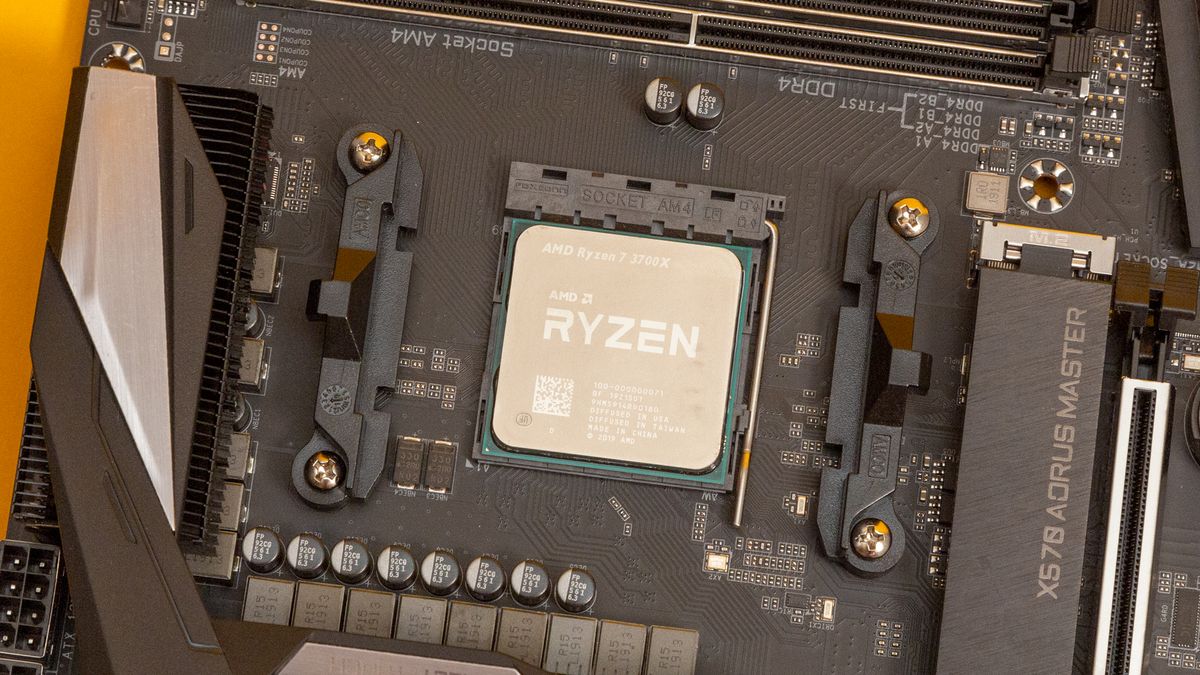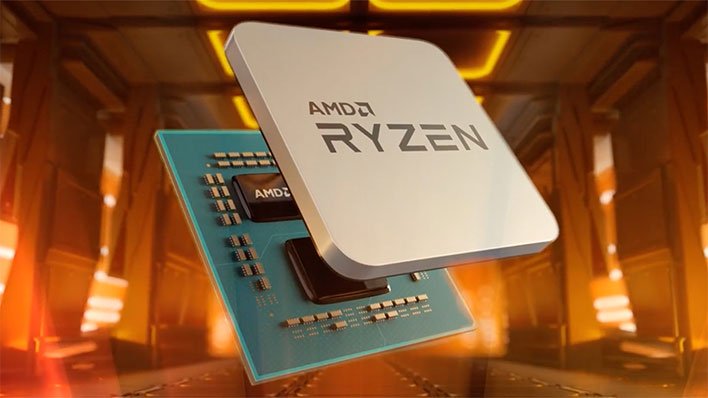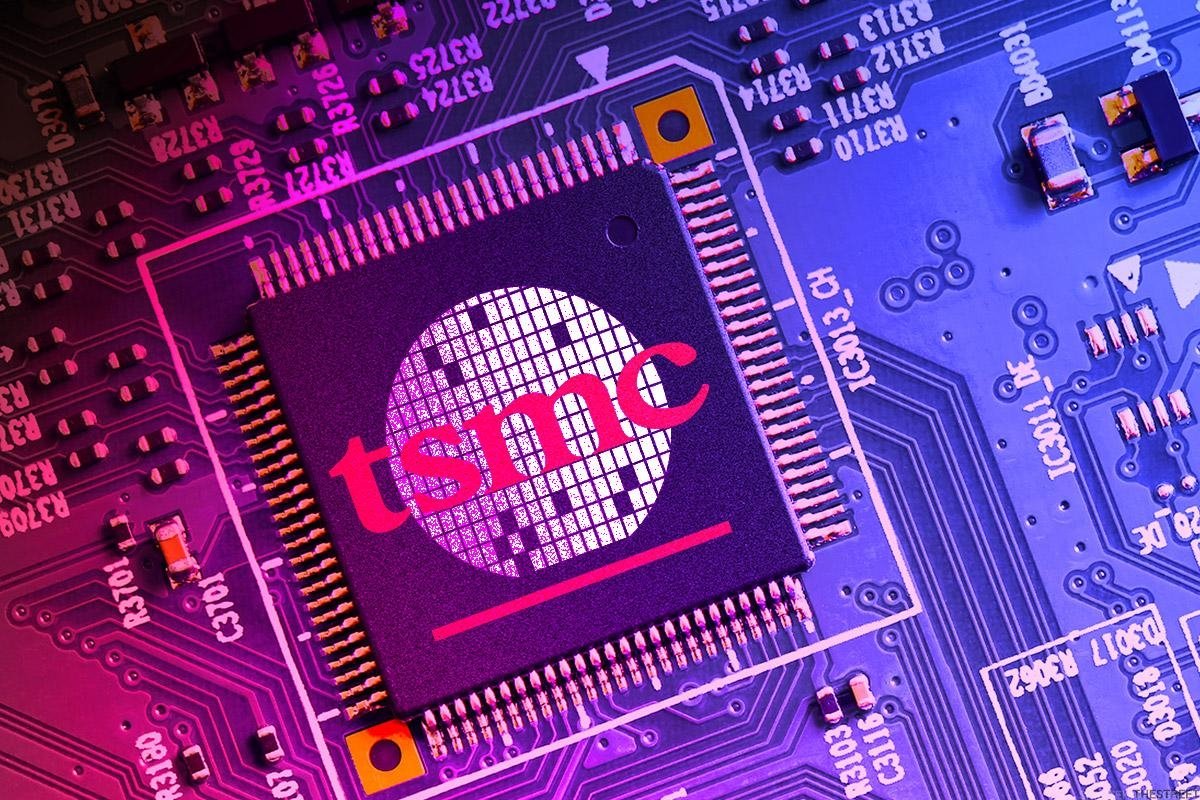- Joined
- Jan 27, 2015
- Messages
- 1,846 (0.49/day)
| System Name | Legion |
|---|---|
| Processor | i7-12700KF |
| Motherboard | Asus Z690-Plus TUF Gaming WiFi D5 |
| Cooling | Arctic Liquid Freezer 2 240mm AIO |
| Memory | PNY MAKO DDR5-6000 C36-36-36-76 |
| Video Card(s) | PowerColor Hellhound 6700 XT 12GB |
| Storage | WD SN770 512GB m.2, Samsung 980 Pro m.2 2TB |
| Display(s) | Acer K272HUL 1440p / 34" MSI MAG341CQ 3440x1440 |
| Case | Montech Air X |
| Power Supply | Corsair CX750M |
| Mouse | Logitech MX Anywhere 25 |
| Keyboard | Logitech MX Keys |
| Software | Lots |
That's why i said "we can't make 7/10nm", i know about the density and all that.
But it's strange they can't make anything close to what Samsung and TSMC makes, even if they lowered the density.
This could be just bull...it, biggest semiconductor company in the world stuck at the same node for 6 years, no progress in 6 years!
Intel 10nm is equivalent to TSMC 7nm and is much better than Samsung 8nm. Intel has been making 10nm for over a year now and and at this point I would bet that there are a lot more x86 Intel 10nm in people's possession than there are x86 TSMC 7nm (AMD). So no, they haven't been on the same node for 6 years.
Intel makes volume that at least right now, TSMC and Samsung can't match. If you're not aware, about half of TSMCs nodes are larger than 12nm while Samsung's 8nm is only 60% the density of Intel 10nm / TSMC 7nm.
Intel 7nm is expected to be not just equivalent to TSMC 5nm, but about 20% more dense. There are no AMD 5nm chips out and reportedly Apple has 80% of TSMCs 5nm capacity for 2021 booked up. That leaves 20% for *everyone else*.
AMD will have to compete for that 20% of 5nm capacity in 2021 with Broadcom, Qualcomm, and potentially Intel - among others I'm sure.
This effectively means you won't see an x86 5nm until 2022. It's actually quite likely that, outside of maybe a low volume paper launch, the first one to actually supply the x86 market with meaningful volume of 200MT/mm "Intel 7nm / TSMC 5nm" chips will be - Intel.
Edit: I should throw in, the real threat to Intel right now is probably Apple. I said x86 for a reason. Apple is clearly well supplied with 5nm M1 and A14. AMD is basically going to be getting scraps of what's left from TSMCs capacity on 5nm for at least another year, so regardless of their performance they most likely just won't have much product to sell. Based on Gelsinger's comments, he seems quite aware that Apple is the real threat.
Last edited:









